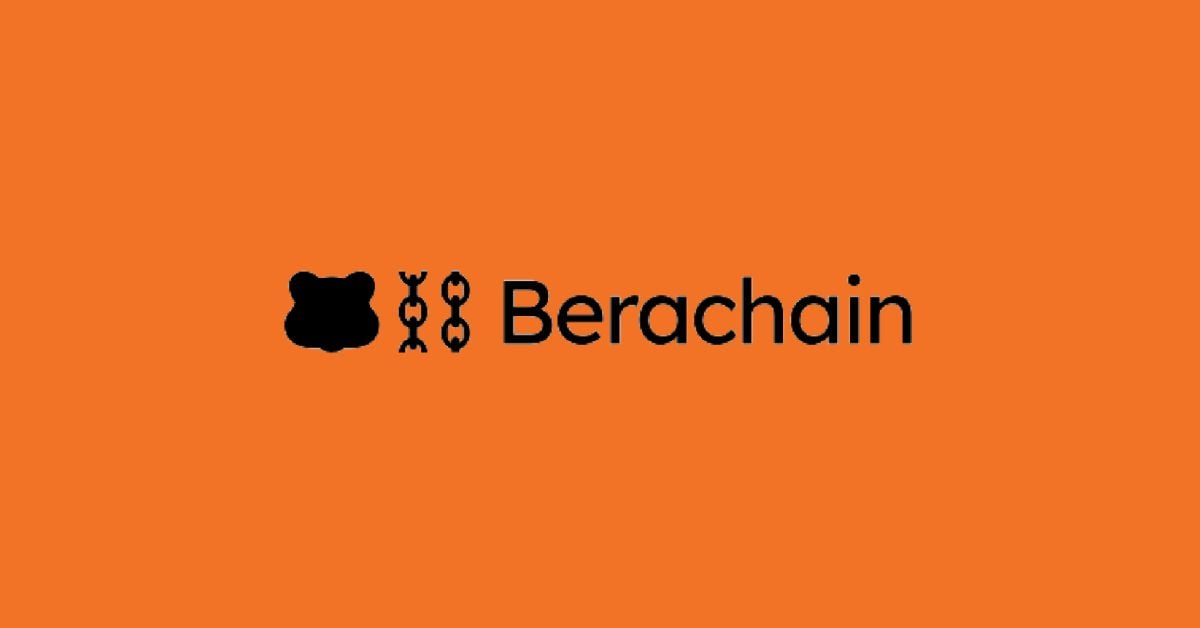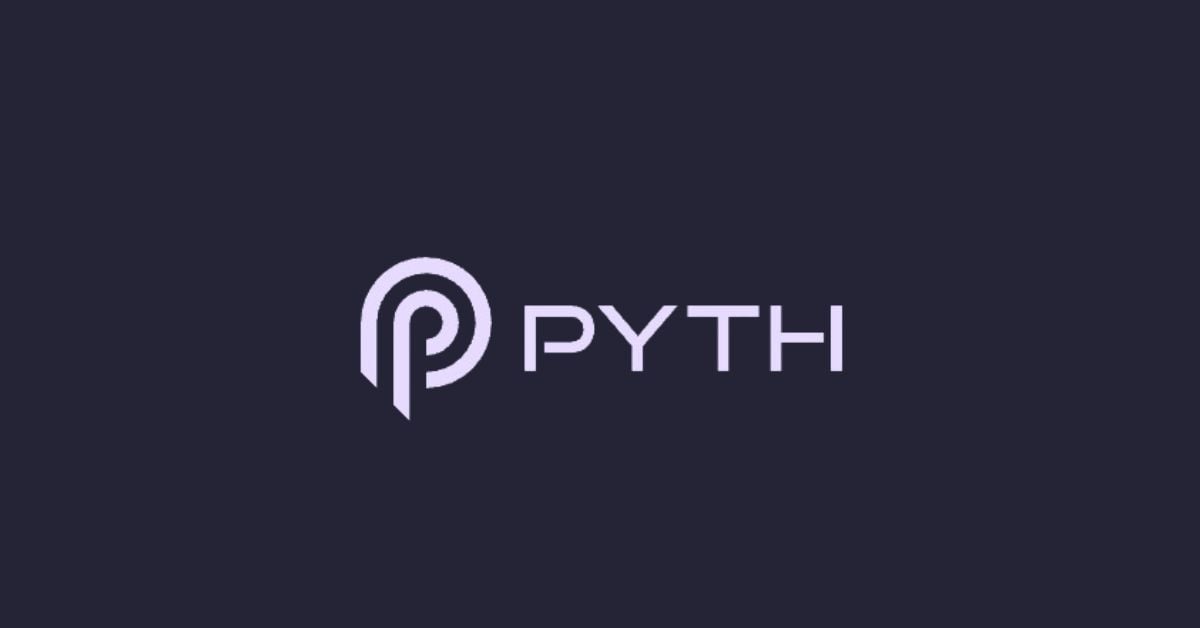Metis is an Ethereum Layer 2 Rollup platform that aims to address the issues of transaction speed, cost, and scalability in the Ethereum network by providing simple and fast smart contract deployment. Metis has announced a points system airdrop for their community testing community. Metis just completed season 2 of its incentivized testnet and are now pivoting to mainnet. However, there are still more tasks to be done and points to be earned for the airdrop with their Layer 3 Quests. Here’s our Metis ($METIS) token airdrop guide.
Check out our Metis ($METIS) airdrop guide!
Video: Metis Airdrop Season 2 Testnet Guide
Metis Airdrop Season 1 Testnet Guide
What is Metis?
Metis is an Ethereum Layer 2 Rollup platform that aims to address the issues of transaction speed, cost, and scalability in the Ethereum network by providing simple and fast smart contract deployment. The platform offers several solutions to solve the big challenges faced by the Ethereum Mainnet, including multiple VMs and sequencers, DACs that can manage their organizations independently, separation of computing and storage, private native storage layer, and fast transactions at around 2,000 TPS with low gas fees.
Will there be a Metis airdrop?
Although Metis’ Season 1 airdrop is ongoing, it will end soon. Their Season 1 airdrop focuses on Community Testing, where anyone can contribute without any coding knowledge required! Metis Season 1 gets users to explore the decentralised applications (DApps) on the Sepolia testnet and earn points by completing tasks. Moreover, they have confirmed that they will be doing a Season 2 airdrop. However, no details have been announced for Season 2 yet.
How to do the Metis Layer 3 Quests for airdrops: Best route
Time needed: 1 hour and 30 minutes
Here’s our guide on how to do the Metis Layer 3 Quests and we show you the BEST route to do this.
- Add Metis Andromeda mainnet to wallet
Add the Metis Andromeda mainnet network to your Metamask by clicking here: https://chainlist.org/chain/1088
- Fund wallet with $METIS tokens
You will need $METIS tokens to claim the incentivized testnet NFT and complete the mainnet tasks. You can buy $METIS tokens on exchanges such as BingX, OKX or Gate.io.
Sign up for a BingX account here! - Complete Layer 3 Quests
Complete the Layer 3 Quests on https://layer3.xyz/collections/introduction-to-metis. There are a total of 7 quests which are mainnet activities. These involve bridging, swapping and lending $METIS.
You could complete all 7 Metis mainnet tasks with just $30 worth of $METIS. However, this will require you to withdraw your funds out of the protocol after completing each task and then moving it to the next one. On the other hand, if you do not mind leaving the funds on the protocols after each task, you will need around $90 of $METIS. - Bridge to Metis
Bridge US$25 to the $METIS ecosystem. Use the Synapse bridge to bridge from BNB chain to Metis as this is the cheapest option for gas fees. You will also receive a bit of $METIS for gas. Make sure this is enough to cover your gas fees for claiming the incentivsed testnet NFT in step 6 below.
- Swap and LP on Metis
Swap 10 USDC or USDT to any token on Metis using Hermes, Hummus or Netswap. We recommend swapping to $METIS. Then, add liquidity on Unimaia, you can choose from the METIS/USDC, ETH/METIS OR ETH/USDC pools. Then, take your funds back out so you can use it for other quests.
- Claim incentivised testnet NFT
If you participated in the testnet airdrop, you are eligible to claim your NFT at https://decentralize.metis.io/. There are 3 tiers of NFTs: Elite, Based and Good. Which NFT you are eligible to claim will depend on your point score in Season 2.
Note you will need $METIS to pay for gas fees when claiming the NFT. Many participants will not have enough $METIS to pay the gas fees if they claim the NFT first. Therefore, we recommend participants do the swap first before claiming your NFT. Or, you can buy $METIS tokens on exchanges such as BingX, OKX or Gate.io.
Sign up for a BingX account here! - Lend and prosper on Metis
Lend at least $10 worth of assets to Aave ($METIS or $WETH) or Granary Finance ($METIS, $WETH or $WBTC) on the Metis network.
- Beefy vaults on Metis
Deposit at least $20 m.USDC-m.USDT into Beefy vault. You will need to keep your funds there for 3 days to qualify for completing this task.
- Aggregate on Metis
For this task, you need to hold some $METIS in your wallet for gas. Then, go to https://app.openocean.finance/classic and swap at least 20 m.USDT or m.USDC to any other token (we suggest $METIS).
- Perps on Metis
Go to https://tethys.finance/trade and deposit at least 10 $METIS. Then, enable leverage and open a long or short position. Finally, close your position.
- The Future of Metis
This final task is a quiz and several social tasks. There are 2 questions in the quiz. Here are the answers to The Future of Metis quiz: 1. Building an interoperable blockchain for all L1’s, L2’s and IoT devices. 2. Interoperability and efficiency.
How to get season 2 of the Metis token airdrop?
Here’s how to get Season 2 of the Metis token airdrop:
- Connect to Metis at https://decentralize.metis.io/#szn2. Make sure you are on the Metis Sepolia network, not the mainnet. If you can’t find the network on your wallet, add the Metis Sepolia network details here.
- Claim testnet $METIS and $ENKI tokens by clicking on “Faucet” on the top of the page. Select the type of token you want, enter your wallet address and click “Drip”. Claim both $METIS and $ENKI. However, note you can only claim once.
- Spin the wheel on the main page. Select the number of spins you wish to buy for 0.5 $METIS each. Then click “Spin” to spin the wheel for rewards!
- Connect to Enki protocol at https://testnet.enkixyz.com/home. You will earn 4,500 points by completing the next few tasks.
- Submit $METIS to mint $eMETIS by clicking “Mint&Stake” at the top of the screen. Then, go to the “Mint” tab. Select the amount of $METIS you wish to submit. Then click “Approve” and “Mint&Stake”. Note you need to wait 7 days before your $eMETIS staking rewards will begin.
- Stake $eMETIS to get $seMETIS by going to the “Stake” tab. Select the amount of $eMETIS you wish to stake. Then click “Stake”. You will earn $seMETIS.
- Stake $ENKI tokens to vest $eMETIS rewards. On Enki, click “Mint&Stake” at the top of the screen. Then click the “Stake” tab and scroll down until you see the “Vest” section. Select the amount of $ENKI you wish to stake and click “Stake”. We suggest staking half your $ENKI tokens.
Season 2 of the Metis airdrop has ended on 18th February 2024. Depending on how many points you get, you may have a chance to get a share of the 6 million $METIS token airdrop. However, Metis has said you can increase your chances of getting more $METIS tokens by taking part in mainnet activities on Layer 3.
BONUS: Get more $METIS with Layer 3
Metis has said you can increase your chances of getting an airdrop by taking part in mainnet activities in Layer 3. Here’s how to increase your Metis airdrop with Layer 3:
- Connect to https://layer3.xyz/ and create an account.
- Complete the quests on https://layer3.xyz/quests
How to get season 1 of the Metis token airdrop?
Here’s our guide on how to get Season 1 of the Metis token airdrop:
- Connect to Metis: Connect your wallet to the Metis Sepolia testnet. Make sure you are on the Metis Sepolia network, not the mainnet. If you can’t find the network on your wallet, add the Metis Sepolia network details here.
- Claim testnet tokens: Click on “Claim Tokens” on the main page to visit the Metis testnet faucet and claim some tMetis testnet tokens. The process may take some time, so be patient.
- Swap and add liquidity on Netswap: Go to the Netswap dApp by clicking “Netswap” on the main page. Make sure your wallet is connected to the Metis Sepolia testnet network. Click “Trade” on the top bar and “Swap”. Then, swap a small amount of tMetis tokens for NETT tokens. We recommend swapping around 0.00005 tMetis. To add liquidity on Netswap, click “Trade” on the top bar and “Pool”. On the page, click “Create Pool”. Deposit as little tMetis and NETT tokens as possible.
- Enter the lottery on Midas: Visit the Midas DApp on the testnet. Ensure that your wallet is connected to the Metis Sepolia network. Buy a lottery ticket to earn points. Tickets cost 0.1 tMetis.
- Swap tokens, open a leveraged position and add TLP liquidity on Tethys: Connect to the Tethys dApp. Make sure your wallet is connected to the Metis Sepolia network. Complete three tasks: swap tokens, open a long or short position with leverage, and add TLP liquidity. To swap tokens, go to “Trade” and click “Swap” on the right hand side. Swap some tMetis for USDC. To open a long and short position with leverage, go to “Trade” and choose a long or short position. This may be a good way to get more tMetis tokens! To add TLP liquidity, click the “Liquidity” tab at the top and buy some TLP with tMetis. Then, click on “Staking” on the left hand side. Note that this function shows a blank page right now so check back later.
- Swap tokens and provide LP on Hummus: Access the Hummus Exchange dApp on the testnet. Connect your wallet to the Metis Sepolia network. Swap tokens from Metis to m.USDC. Then, to provide LP, click on “Pool” at the top of the screen. Deposit tokens into the pools.

Metis token airdrop review
When reviewing an airdrop, there are several factors to consider. First, the likelihood the project will even do an airdrop in the first place. Then, to look at how many tokens the project intends to allocate towards airdrop campaigns, as well as the difficulty in participating in their airdrop. It is also important to look at the utility of the token so that there will be an actual use and purpose in participating in the airdrop in the first place. Finally, a factor to consider when reviewing an airdrop is whether the airdropped tokens are subject to any lockup period.
Likelihood of airdrop: The Metis Season 2 airdrop is now live!
Airdropped token allocation: The Metis team has currently allocated 11.5% of the total $METIS token supply towards airdrops and has not yet airdropped 5.5%.
Airdrop difficulty: Metis uses the Sepolia testnet for all tasks, so no real funds are involved. However, the dApps are quite buggy and you may need to check back occasionally in order to complete tasks.
Token utility: The $METIS token facilitates transactions, incentivizes network participants, and powers governance mechanisms within the Metis ecosystem.
Token lockup: The $METIS token lockup is unknown.





















